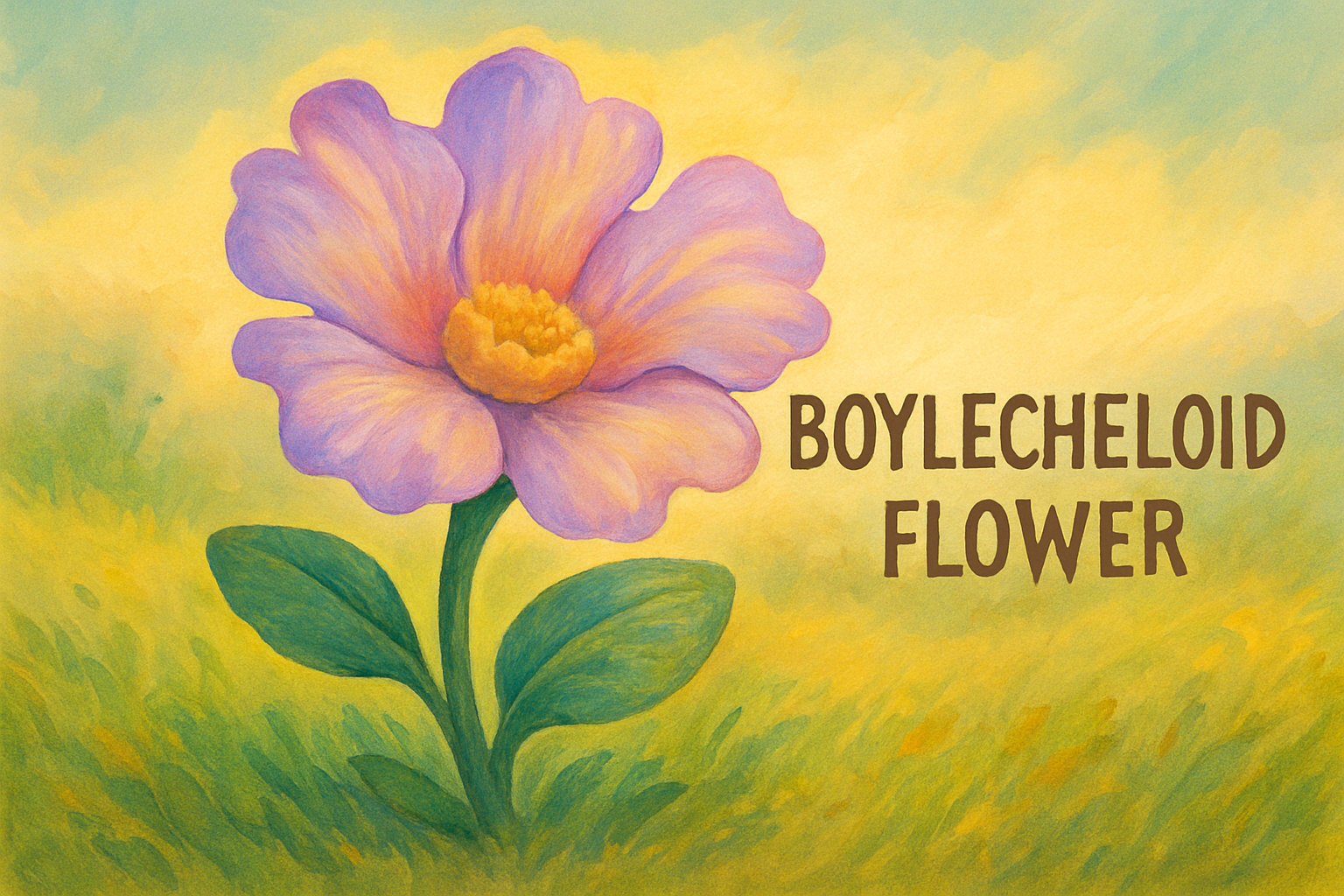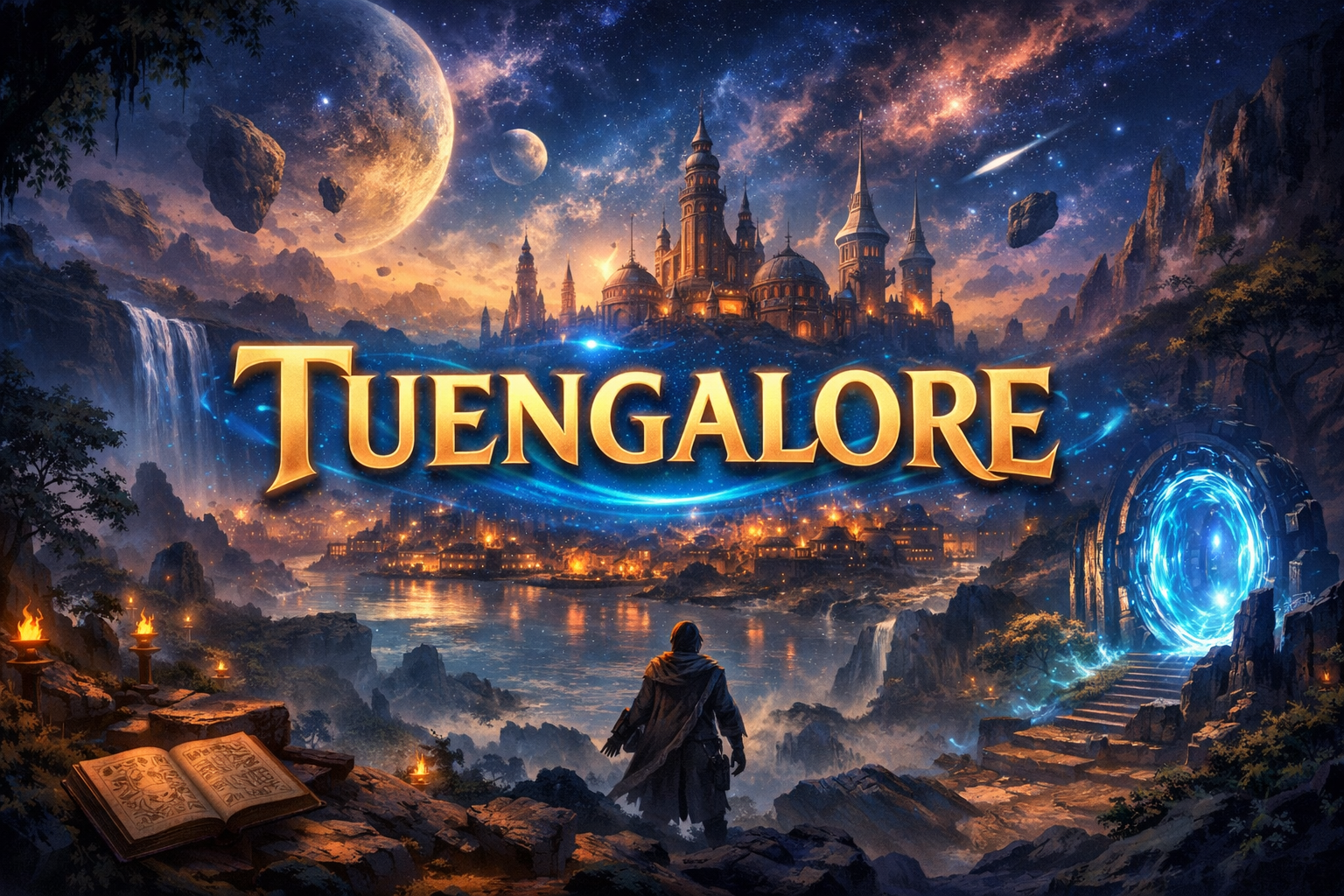The Boylecheloid Flower: A Creative Exploration
Introduction
The world of flowers is filled with beauty, mystery, and imagination. Among the many blossoms people talk about, the boylecheloid flower stands out as one of the most fascinating. While you may not find it in traditional gardens or plant books, the boylecheloid flower has become a symbol of wonder, creativity, and storytelling. This article will take you on a journey to discover everything about the boylecheloid flower its appearance, meaning, legends, and the way people imagine it in different cultures.
What Is the Boylecheloid Flower?
The boylecheloid flower is often described as a rare and unusual blossom with soft, pastel-colored petals and a shape that looks a little different from common flowers like roses or lilies. Its petals are said to curve in unique patterns, almost like tiny waves frozen in time.
People imagine the boylecheloid flower as a plant that thrives in peaceful places. Some say it grows best in hidden valleys, while others believe it only blooms at sunrise, when the first light touches the ground. Even though scientists have not classified it as a real plant, the boylecheloid flower has taken root in stories, poems, and creative descriptions that make it feel alive.
Appearance of the Boylecheloid Flower
The beauty of the boylecheloid flower lies in its mysterious look. Writers and artists describe it in different ways, but some features are almost always mentioned:
- Petals: Irregular and delicate, with a silky surface. They may have shades of lavender, soft blue, pale yellow, or a blend of earthy tones.
- Leaves: Waxy and thick, shaped like smooth ovals. The leaves are usually green with a hint of silver.
- Stem: Strong but flexible, allowing the flower to sway gracefully in the wind.
- Size: Neither too big nor too small about the size of a human hand.
These details make the boylecheloid flower feel like something you could almost reach out and touch, even though it lives mostly in the world of imagination.
Legends of the Boylecheloid Flower
Throughout history, people have loved creating stories about mysterious plants. The boylecheloid flower is no different. Some of the most popular legends include:
- The Guardian’s Gift: In one tale, the boylecheloid flower was given by nature spirits to protect travelers. If someone found one, it was said to keep them safe on their journey.
- The Memory Blossom: Another legend claims the flower blooms whenever someone remembers a lost loved one. Each petal carries a memory, glowing softly in the moonlight.
- The Dream Flower: Some stories say the boylecheloid flower only appears in dreams, symbolizing hope and imagination. When people wake, they carry the flower’s inspiration with them.
These legends show how the boylecheloid flower has become a powerful symbol, even without being a real botanical species.
Symbolism of the Boylecheloid Flower
Flowers often hold meanings, and the boylecheloid flower is no exception. It is commonly linked to:
- Imagination: It reminds people of the power of creativity and storytelling.
- Resilience: Because it is imagined as a drought-tolerant flower, it symbolizes strength in tough times.
- Peace: Its soft colors and gentle shape make it a symbol of calmness and harmony.
- Hope: The boylecheloid flower is often seen as a sign of better days ahead.
For many, the flower has become a metaphor for things we cannot see but can still believe in like dreams, kindness, or love.
The Boylecheloid Flower in Art and Literature
Since the flower doesn’t exist in real gardens, its life continues in art, poetry, and creative writing. Painters imagine fields of boylecheloid flowers glowing in soft light. Poets use it to describe gentle feelings. Storytellers include it in fairy tales, where heroes and heroines find strength through the magical bloom.
The boylecheloid flower has also appeared in modern creative projects. Some designers use its name for fashion collections, while writers add it into fantasy novels. Its unusual name and mysterious description make it a favorite for anyone looking to create something magical.
How People Imagine Growing the Boylecheloid Flower
Even though you cannot buy seeds for the boylecheloid flower, people often describe how it would grow if it were real. They imagine it would need:
- Soil: Alkaline and dry, with good drainage.
- Sunlight: A balance of morning light and gentle shade.
- Water: Minimal water, since it’s said to be drought-resistant.
- Care: Simple attention, with more love than effort.
In children’s stories, the flower often appears when someone takes care of nature with kindness. This shows how the boylecheloid flower teaches us respect for the environment.
Why the Boylecheloid Flower Matters
You might wonder: why talk about a flower that isn’t officially real? The answer is simple. The boylecheloid flower matters because it reminds us of the importance of creativity and imagination. Sometimes, things we imagine can inspire us just as much as real objects.
- It encourages children to dream and write stories.
- It inspires artists to paint and create new designs.
- It gives writers a symbol to describe feelings and ideas.
- It teaches us that not everything has to exist to have meaning.
The Boylecheloid Flower as a Symbol for Kids
For children, the boylecheloid flower can be a fun way to learn about storytelling and nature. Teachers can use it as a classroom activity: “Draw your own boylecheloid flower” or “Write a story about where it grows.” This helps kids think creatively and practice expressing themselves.
Because it’s easy to imagine but hard to define, the boylecheloid flower encourages children to explore their own ideas instead of following a fixed description.
A Flower Beyond Reality
What makes the boylecheloid flower unique is that it lives between reality and imagination. Unlike roses or daisies, it cannot be picked or planted. Instead, it blooms in our thoughts, art, and dreams. In a way, that makes it even more special it belongs to everyone, not just to those who have gardens.
Conclusion
The boylecheloid flower may not be a real plant found in scientific books, but it has become a beautiful creation of the human mind. With its delicate petals, mysterious legends, and symbolic meanings, it shows us the power of imagination. Whether in stories, drawings, or daydreams, the boylecheloid flower inspires peace, resilience, and creativity.
Sometimes, the most wonderful flowers are not the ones we can hold, but the ones that live in our imagination. The boylecheloid flower is a reminder that beauty is not always about reality—it can also be about the dreams we share.
FAQs about the Boylecheloid Flower
Q1: Is the boylecheloid flower a real plant?
No, the boylecheloid flower is not a scientifically recognized plant. It exists in stories, art, and imagination.
Q2: What does the boylecheloid flower look like?
It is often imagined with soft pastel petals in shades of purple, yellow, or pink, with smooth green leaves and a gentle, glowing center.
Q3: Where does the boylecheloid flower grow?
Legends say it grows in hidden valleys, dreamlike meadows, or even inside people’s imagination.
Q4: What does the boylecheloid flower symbolize?
It symbolizes hope, creativity, peace, and resilience. Many people use it as a metaphor for imagination and kindness.
Q5: Can I plant or buy the boylecheloid flower?
No, since it isn’t a real flower, you can’t find seeds in shops. But you can draw it, write stories about it, or imagine it in your own garden.
Q6: Why is the boylecheloid flower important?
It teaches us that imagination can be as powerful as reality. The flower inspires children and adults to dream, create, and share stories.
Q7: Is the boylecheloid flower connected to myths or legends?
Yes, many creative tales say it appears in dreams, protects travelers, or blooms when someone remembers a loved one.














Post Comment